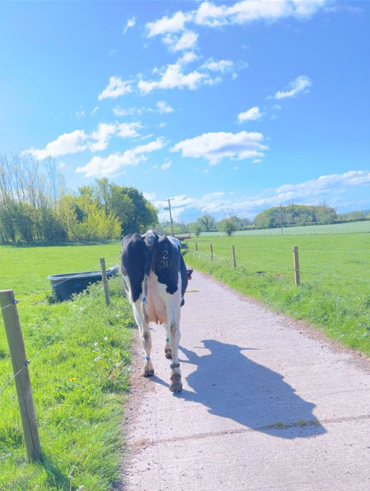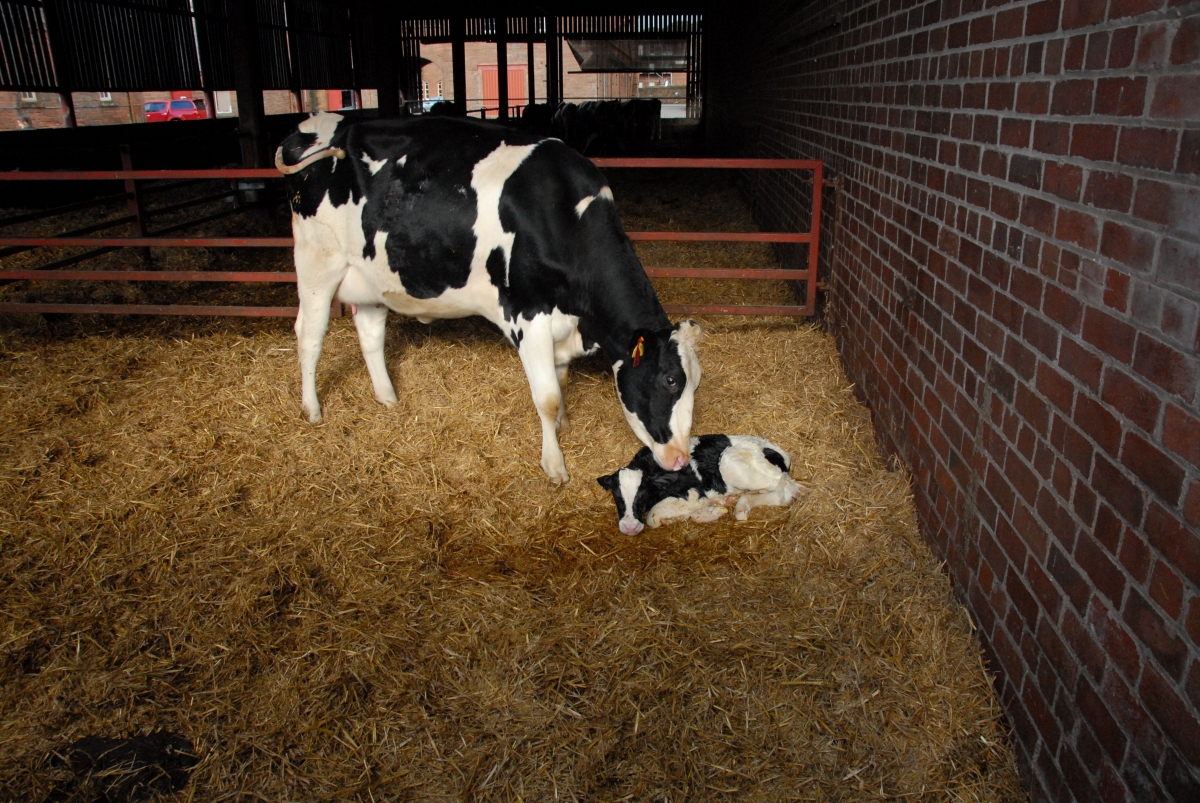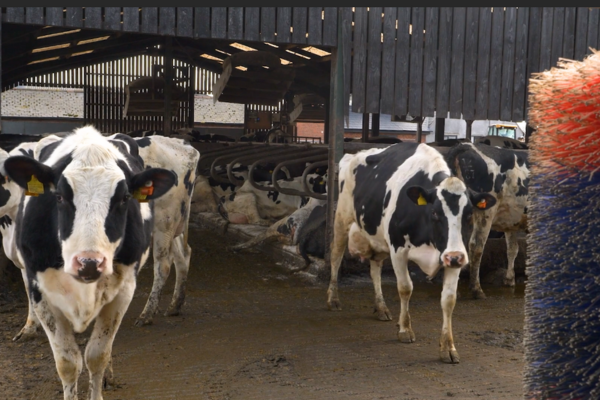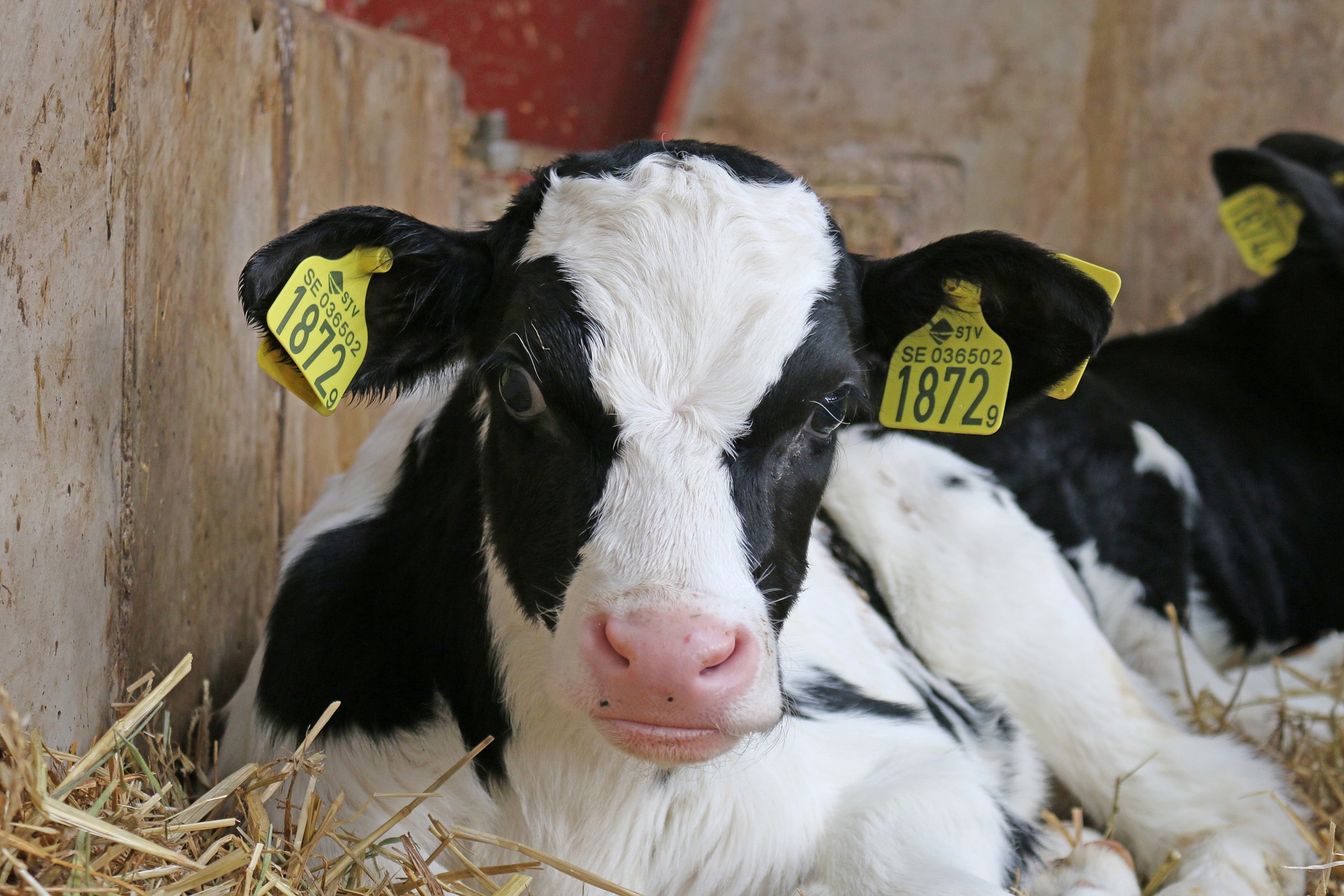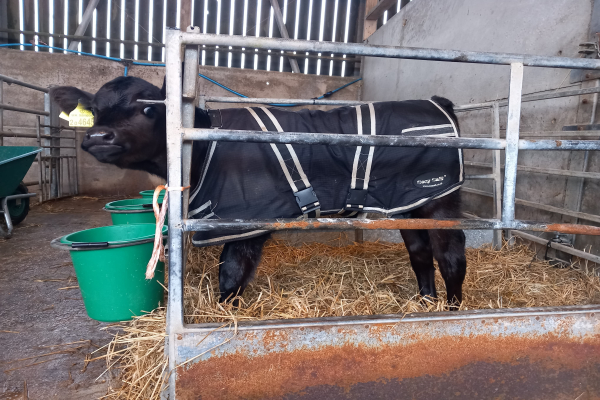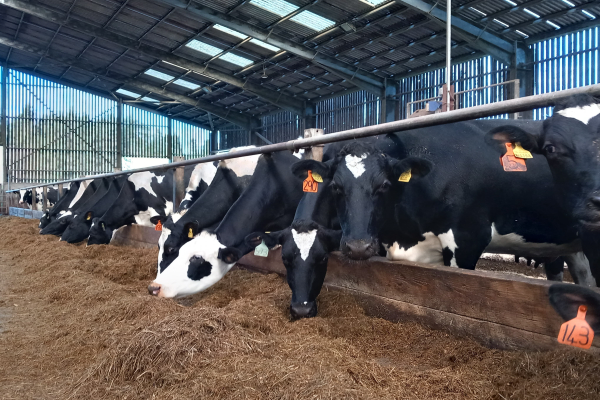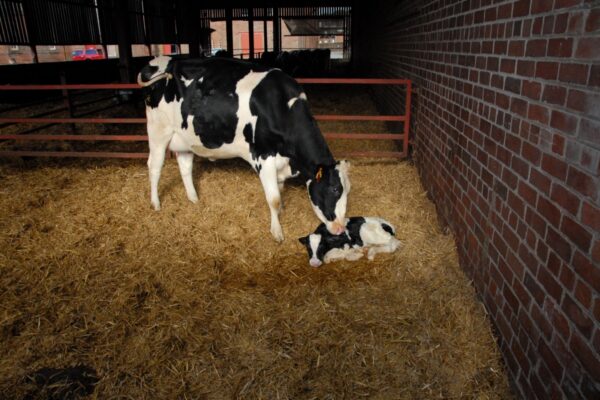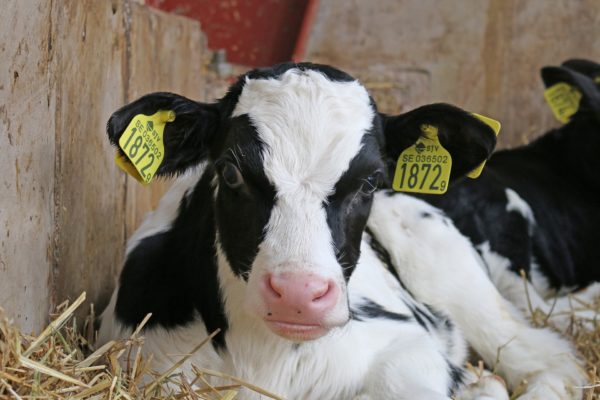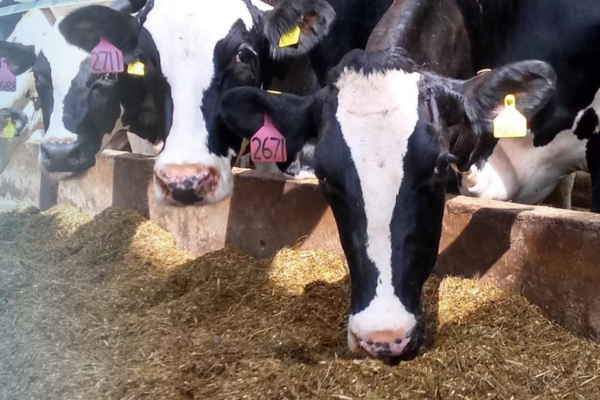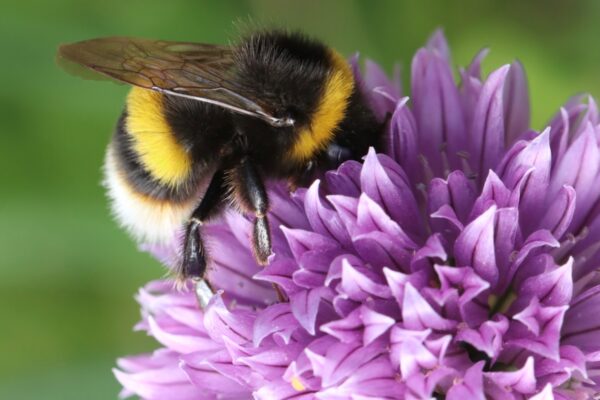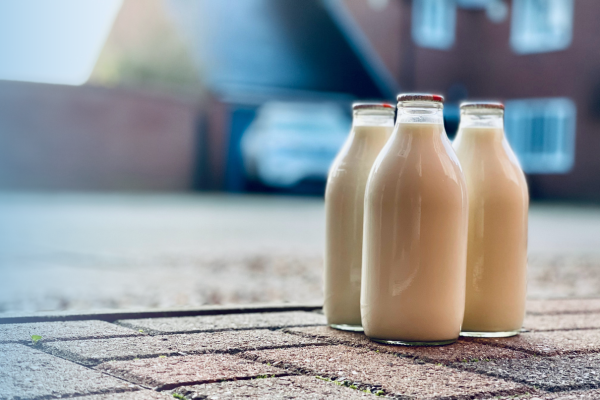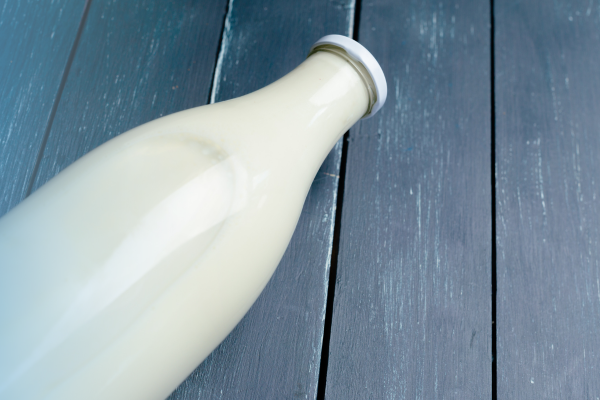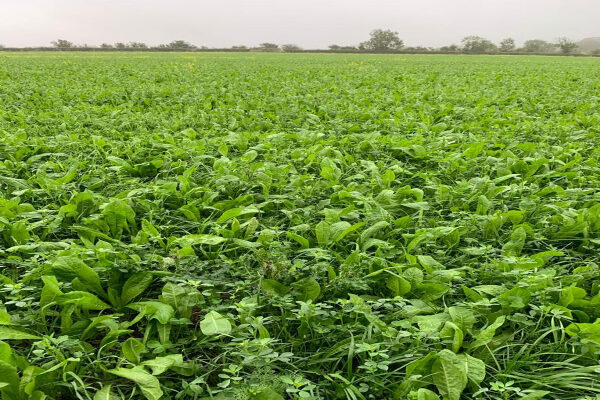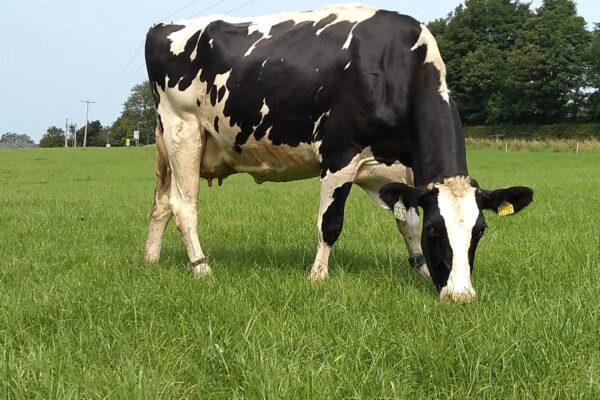Utilising Cow Tracks to Improve your Dairy System
16 July 2025Incorporating cow tracks into a dairy system can have numerous benefits for a business, including:
- Boosting herd health
- Productivity
- Profitability
This article will give a quick overview of all the potential benefits of cow tracks, as well as some advice on how to go about installing them and getting the most out of your investment.
Extend your grazing season
Increasing grass utilisation in Scotland can often be a challenge. Once production has been maximised through correcting soil nutrient deficiencies and selecting improved sward mixtures, the next step would be to improve grazing management. If cattle are able to be moved across grazing ground efficiently via a cow track, grass offtake can be optimised, which will encourage regrowth. With the weather becoming more unpredictable, cow tracks can also help extend the grazing season by preventing poaching and damage to grazing paddocks.
Reduce herding time
If cows are able to move from sheds to grazing paddocks confidently and comfortably, cow flow will be improved, in turn reducing herding time. A track free from sharp or loose stones and uneven surfaces can lower the prevalence of claw horn lesions such as white line disease, sole ulcers and sole haemorrhages sustained through injury. Having adequate drainage can help prevent mud and water softening the skin and hoof horn, which can lead to less digital dermatitis and inter-digital infections.
Reduce environmental mastitis
If cattle are walking on a clean track the risk of muck splashing onto udders is greatly reduced, which should help reduce cases of environmental mastitis within the herd. Cows coming into the parlour with clean legs and udders should hopefully have less chance of bacterial infections such as E. coli and Streptococcus uberis entering the teat canal during or after milking.
Improve herd health
Utilising cow tracks has the potential to improve both mobility and health within a milking herd. Both of these improvements can lift herd productivity, performance and milk quality. There is a strong correlation between fertility and lameness as lame cows often show fewer signs of oestrus. Lameness can also result in lower feed and water intakes, which can exacerbate the negative energy balance post-calving, delaying oestrus.
Reduce your carbon footprint
Cow tracks can have a positive environmental impact. Having a more efficient herd improves the carbon footprint for the milk or meat produced, and reducing poaching helps to prevent soil compaction, erosion and runoff. The risk of defuse pollution to the water environment is also lower, which helps a business comply with the General Binding Rules as part of cross-compliance.
Tips for installation
Under the General Binding Rules, no runoff from a cow track is allowed to enter the water environment. Track design needs to ensure that any water is directed to a swale for treatment or a field. SEPA guidance and advice should be sought prior to starting work if a cow track is to be constructed within 10m of, or if it is to cross a water course.
There are numerous materials available for constructing a cow track and they vary in cost. They range from solid surfaces such as concrete and concrete railway sleepers to softer options such as reclaimed astroturf and woodchip. Before deciding on a material, it is important to consider track gradient, disposal if it is no longer required and weather conditions. Avoid using material that can be trapped in between the claws e.g. gravel and use a membrane to prevent large stones and muck rising to the surface of the track.
The final piece of the puzzle is fencing the track off to stop cows straying when moving around the farm. A gap of 0.3m should be left between the edge of the track and the fence to allow the cows to utilise the full width of the track without encroaching on to the grass.
Further information on cow track construction can be found within this technical note.
Keira Sannachan, keira.sannachan@sac.co.uk
Sign up to the FAS newsletter
Receive updates on news, events and publications from Scotland’s Farm Advisory Service

